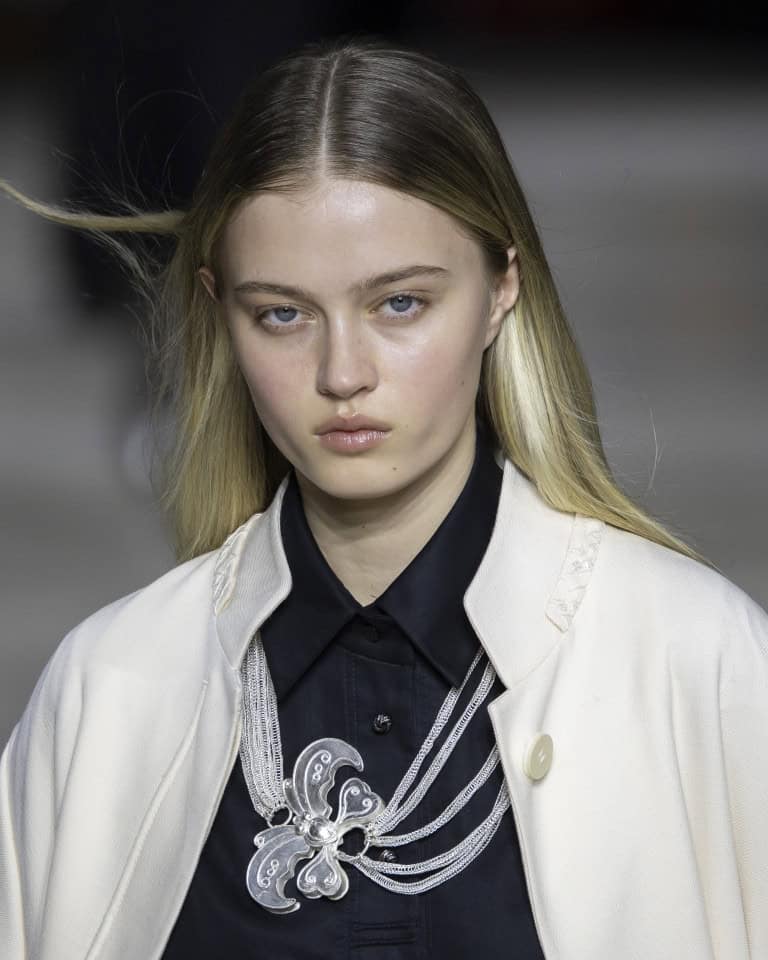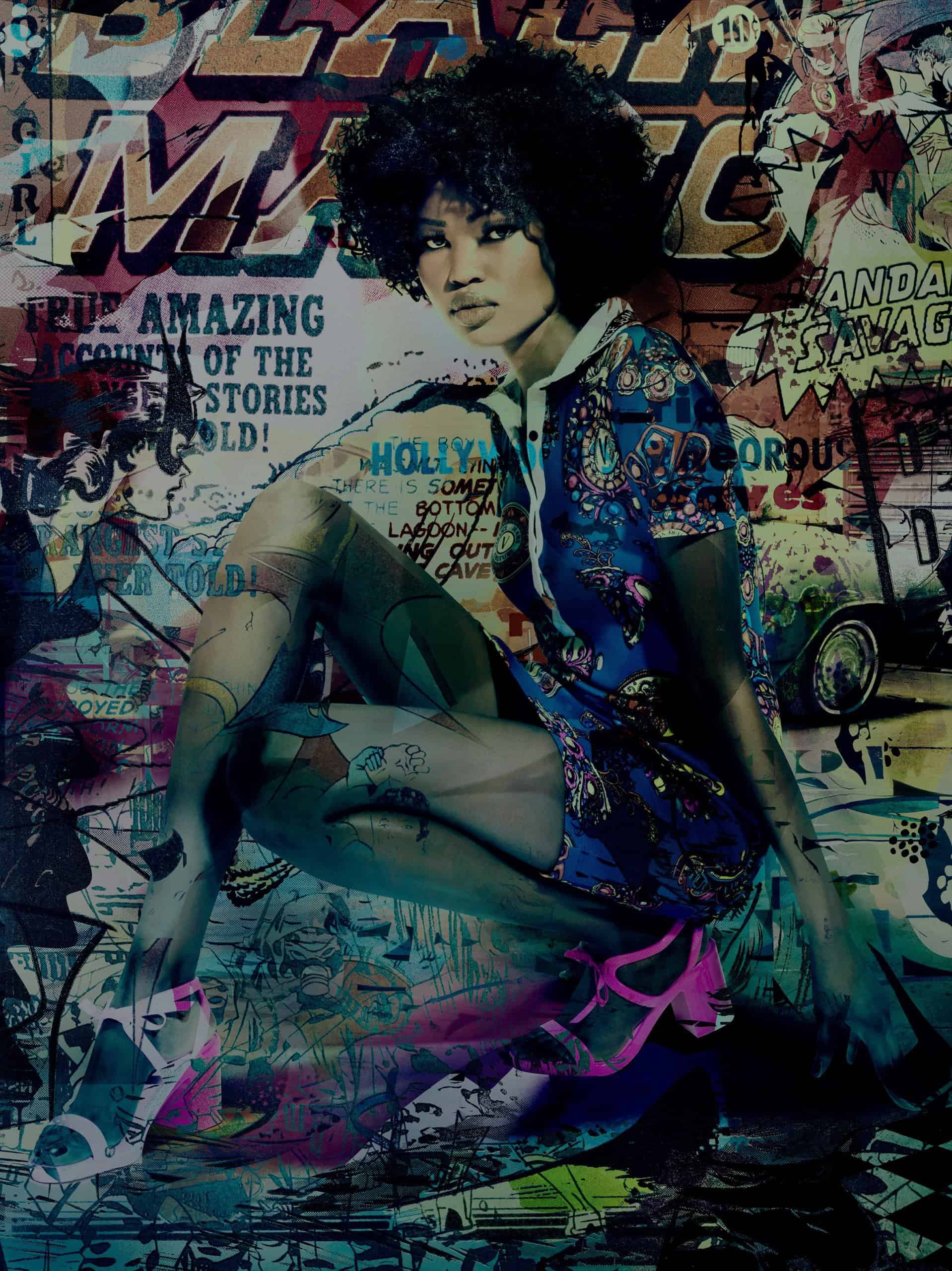
Valérie Belin: ‘Lady Stardust’ Exhibition at Galerie Nathalie Obadia
Renowned French artist Valérie Belin‘s exhibition, takes viewers on a captivating journey into the realms of identity, imagery, and the delicate interplay between reality and fantasy. “Lady Stardust,” is showcased at Galerie Nathalie Obadia April 11 – June 1 2024 at 3 rue du Cloître Saint-Merri – 75004 Paris. Each photograph in this series stands as a unique vignette, beckoning viewers into a world where a young woman, adorned in striking attire, emerges against maximalist backdrops. In our interview, Valérie Belin illuminates her creative process, drawing inspiration from influences such as Walter Benjamin’s concept of fashion’s relationship with the living body and the inanimate world. Through her lens, the boundaries between reality and imagination blur, offering a seamless fusion of the two realms. Belin’s transition to color photography enriches the narrative and mood of “Lady Stardust,” contributing to contemporary photography discourse while challenging perceptions in the digital age. Her work transcends mere representation, delving into the essence of image-making itself. With each series, Belin skillfully navigates the delicate balance between reality and the imaginary, inviting viewers to embark on a visual odyssey where boundaries dissolve and the imagination reigns supreme.
IRK: The series “Lady Stardust” which you are exhibiting at Galerie Nathalie Obadia features portraits of a young woman dressed in distinctive outfits against plain backgrounds. What inspired the choice of this particular subject matter and style for this series?
Belin: For the choice of the subject, it usually starts with an image that has inspired me. For the style, it’s the result of experimentation. The choice of the model is also important, as is the choice of clothing. Each series is indeed a variation on a theme, but it remains informal. Above all, each series is the result of experimentation. There’s nothing rational about the choice of the subject or the style.
IRK: The titles of the photographs in “Lady Stardust” evoke celestial bodies and pop culture references. How do these titles contribute to the interpretation and reception of the series?
Belin: My first photographs were entitled “Untitled”. Then, around 2008, I began to give a title to each of my series and each of my photographs. It’s a bit like the consequence of a paradigm shift that imposed itself on me. The titles are always chosen a posteriori. They’re like the title of a book, a film, or a series. They refer to a fiction. In the case of Lady Stardust, it refers to the pop culture of the early 70 s , of course, it’s a play on words. It was also this young woman’s pose that suggested the title to me. She posed as if she had just “landed” on my studio floor from another planet. The title is the inspiration of the moment when the photographs are finished, and there’s a great deal of arbitrariness in choosing it.
IRK: Can you elaborate on the incorporation of elements from 50s and 60s comic books, fabric patterns, and car workshop interiors into the backdrops of your photographs? What narrative or thematic purpose do these elements serve?
Belin: I use elements that refer to a “popular” or “vernacular” imagery, which can be found in many of the photographs I like. My photographs also evoke the idea of “luxury”. I try to strike the right balance between these two opposing representations. Of course, there’s a little perversion and tension in this balance.
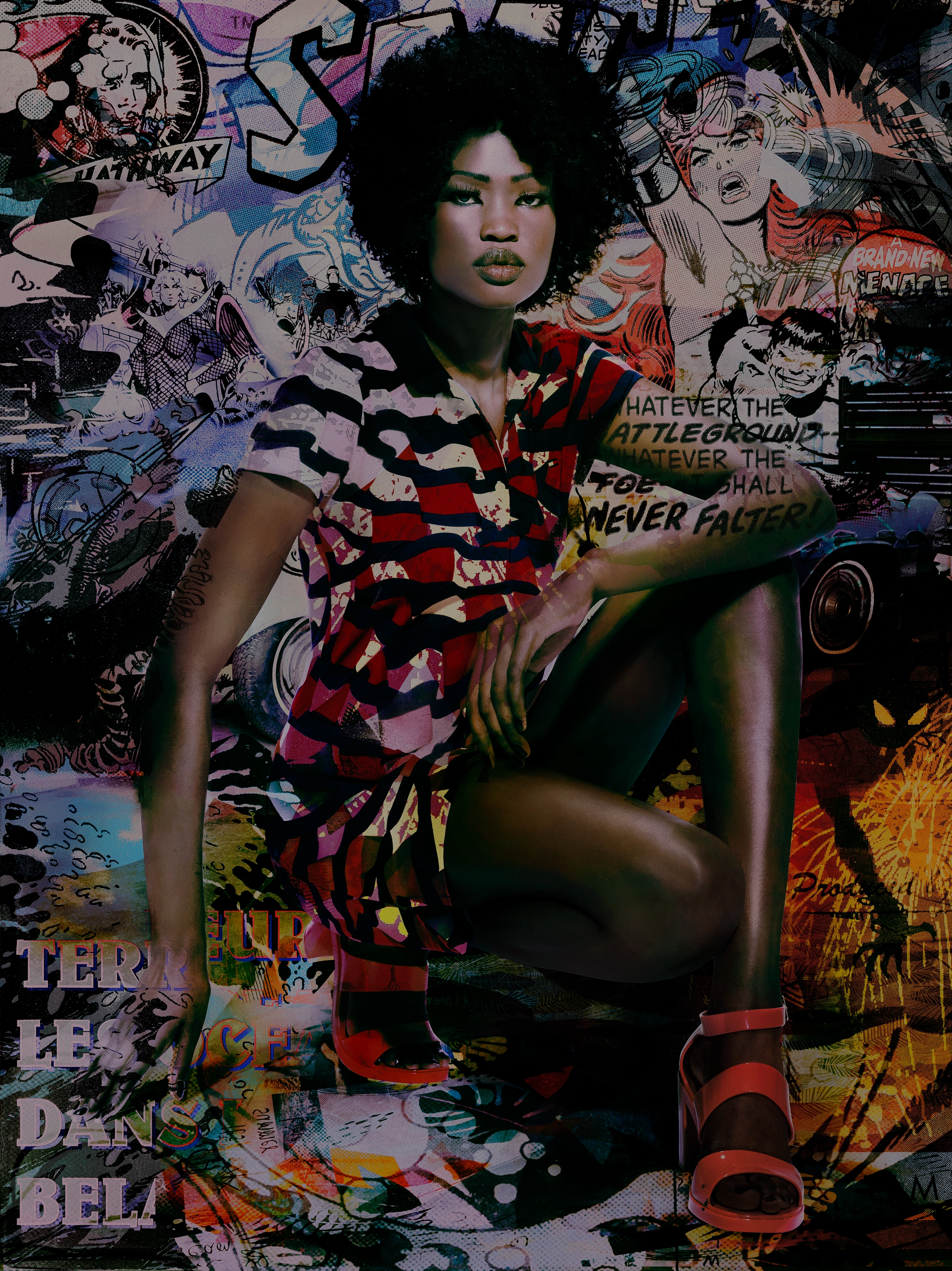
IRK: Walter Benjamin’s notion of “the coupling of the living body to the inorganic world” is mentioned in relation to your work. How do you see your photographs exploring this concept, particularly in the context of fashion and visual representation?
Belin: Indeed, this notion is expounded in Walter Benjamin’s book Paris capitale du XIXe siècle. I quote from it: “Fashion prescribes the rite according to which the fetish that is the merchandise demands to be adored; […] It couples the living body to the inorganic world. In relation to the living, it defends the rights of the corpse.”
There’s always a morbid aspect in fashion photography, portraiture and clothing photography. This was obvious, for example, when I photographed dresses in a museum collection. This “coupling” of the living body with the inorganic world characterizes the relationship between the figure in the foreground and the background in my photographs. In my photographs, we can even speak of fusion. This relationship also exists, for example, in the work of Leonardo da Vinci. The landscape in the background of Mona Lisa is totally mineral, inorganic. My work is about this relationship, between the living figure and the inorganic world.
IRK: Your transition to color photography in 2006 has been noted to lend your images a more pictorial dimension. How does color contribute to the narrative or mood of “Lady Stardust”, and how does it differ from your earlier works?
Belin: There has always been a “pictorial” dimension in my photographs, because my references come first and foremost from painting and sculpture. Historically, photography comes from painting. This pictorial dimension is not linked to color. For example, my Painted Ladies series is in black and white. For my Lady Stardust series, I used a special paper and inks that were slightly metallic. This seemed to me to be more in keeping with the subject.
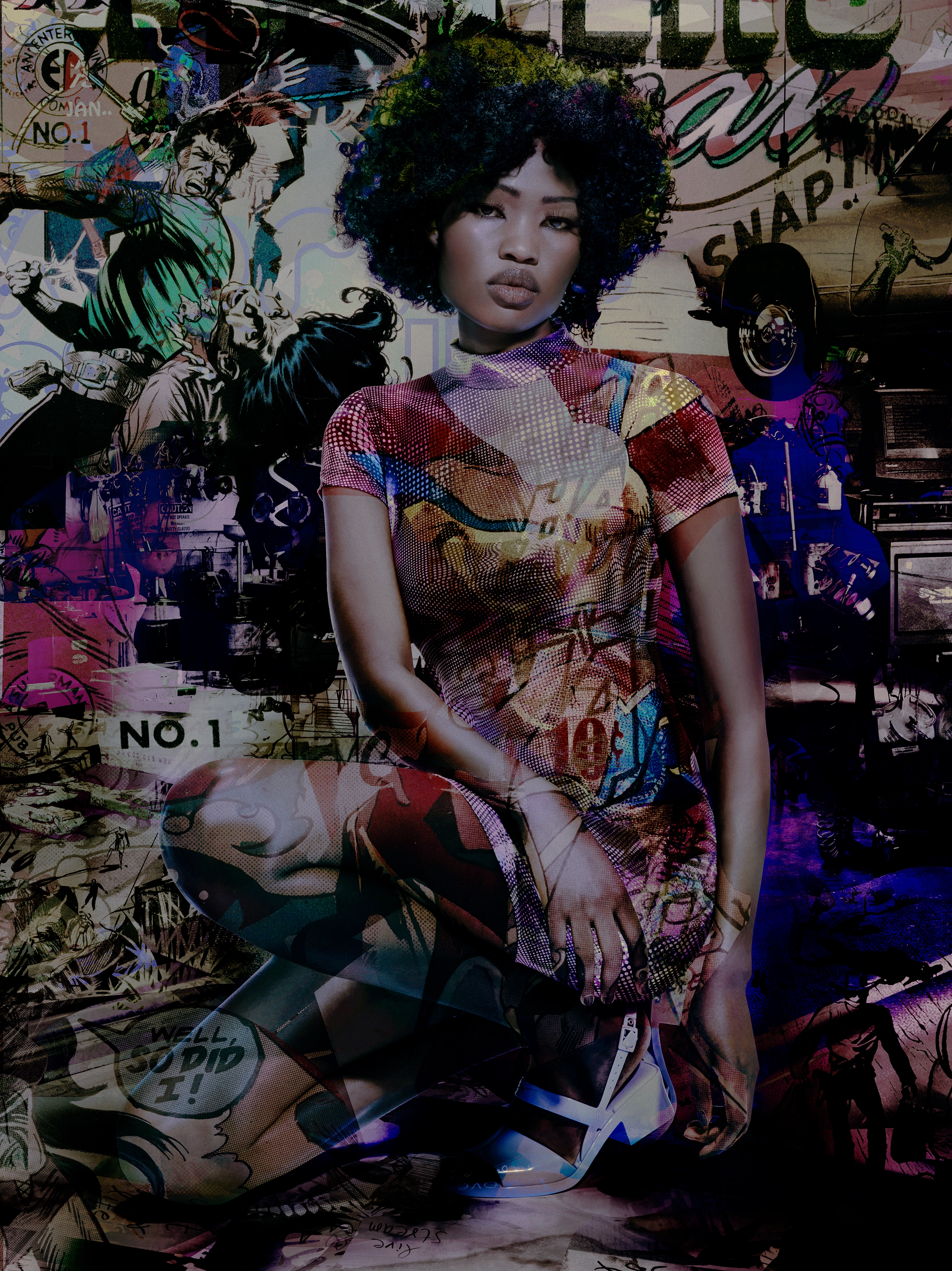
IRK: The description of your work mentions a blurring of boundaries between reality and the imaginary, nature and artifice, and presence and absence. Could you discuss how you navigate these boundaries in your artistic practice and what concepts or themes motivate this exploration?
Belin: I think these tensions are at work in all photographs, whatever they may be. Every photographer has to ask himself these questions. Then it’s a question of balance, of point of view, of bias. In my case, this tension between theses contradictory notions is to some extent the subject of my photographs.
IRK: How do you see your work in “Lady Stardust” contributing to or challenging contemporary discussions surrounding photography, particularly in the digital age?
Belin: In my work, I’ve gone from black and white to color, and from film to digital. This technological evolution has had the effect of defining a kind of new ontology for photography, less linked to reality. Photography is evolving, but it has always been just another means of producing images.
IRK: Can you speak about the role of the model in your photographs? How do you collaborate with your subjects to convey specific narratives or emotions?
Belin: I use professional models or agency models. My aim is not to create portraits or to convey emotions through portraiture. For me, a model is a model, posing as a character.
IRK: Your artistic journey began with studies in visual expression and philosophy of art. How have these academic pursuits informed your approach to photography, particularly in terms of conceptualization and execution?
Belin: I began my studies at a time when, in academic circles, conceptual approaches were still very much in evidence, and the discourse on the work was more important than the work itself. The two merged. I was also interested in minimalism, particularly in sculpture. My first photographs were “photographs of light itself”, in other words, photographs. It was a very conceptual approach indeed, but I freed myself from it fairly quickly, subject-proof, when I started photographing crystal objects or mirrors at the beginning of my activity.
IRK: Could you elaborate on the transition from minimalist and conceptual influences to a focus on photography as both subject and medium in your work? What prompted this shift, and how has it shaped your artistic practice?
Belin: In a way, I’ve moved from the world of photography to the world of images. Photography is a process, but above all it’s one of many ways of producing images. With digital technology, the specificity of photography no longer exists. Photography has become a hybrid medium.
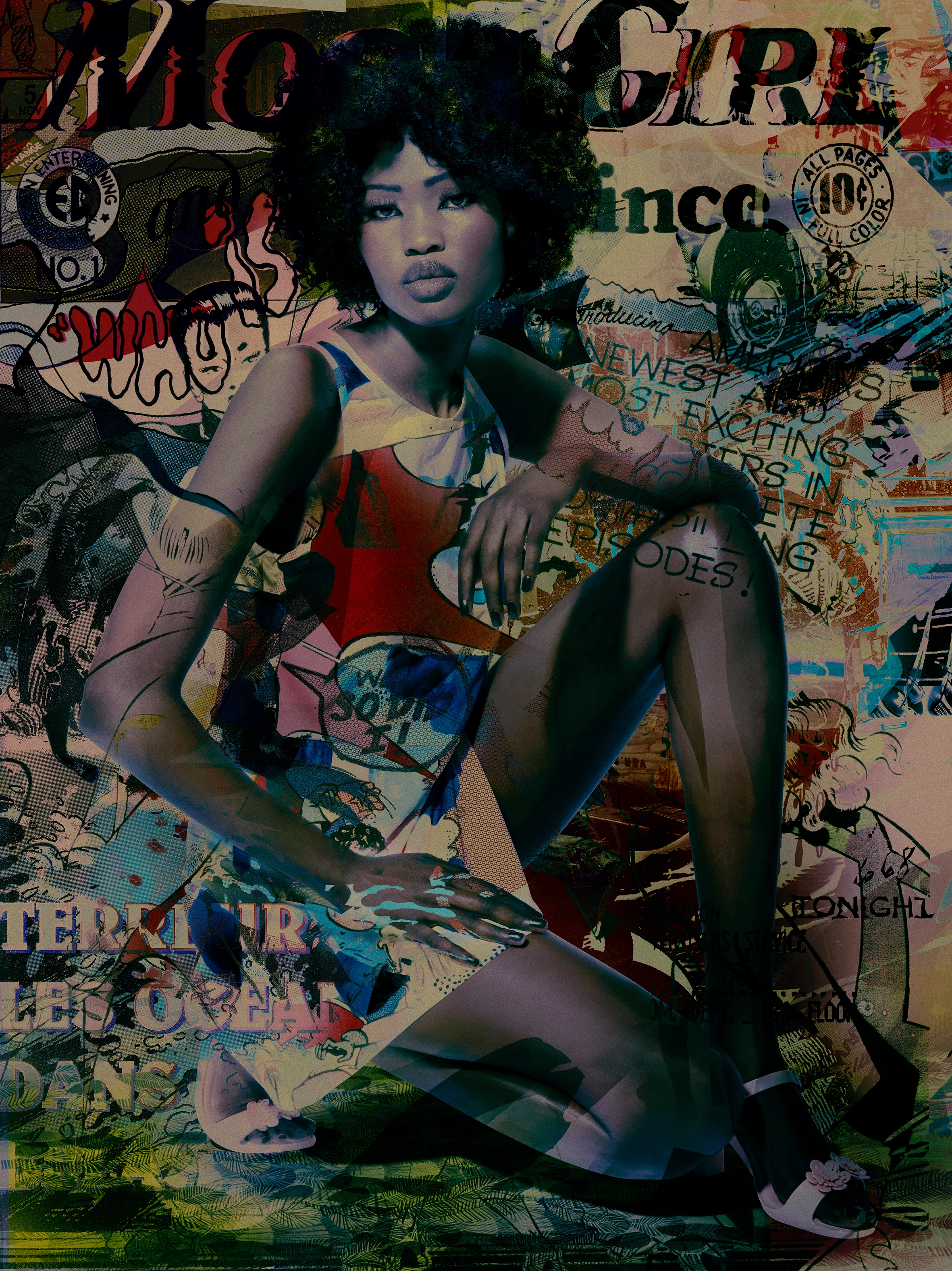
IRK: Your work is organized into photographic series, each produced within a specific project. Can you discuss your process of conceptualizing and developing these series? What are the common threads or themes that tie them together?
Belin: My work is organized into photographic series because I don’t imagine it’s possible to produce individual images. I look for homogeneity in all the images in the series. It’s a production constraint. I produce images in the same way as a film or TV series. All the images in the series are equivalent. At the origin of a series, there’s often an image – just as in a film there’s a script or a story – that I submit to the test of realization. There’s an element of arbitrariness in the initial idea, but I strive for consistency from one series to the next. A work must be appreciated over time.
IRK: Your exhibitions have been held globally, and your work is held in numerous collections. How does the experience of exhibiting your work in different cultural contexts influence your artistic practice and perspective?
Belin: I think that the moment of creation and the moment of exhibition are two different moments that have nothing to do with each other. I produce my photographs independently of any exhibition perspective. Then, for any exhibition, there is of course the need for choice and scenography, but this has no influence on the original creation. My photographs are always produced “out of context”.
IRK: Looking ahead, what are some of the themes or ideas that you’re currently exploring in your work?
Belin: I’m always looking for new ideas and experimenting. So it’s too early to say. I have to deal with the constraint of novelty but also with the need for continuity. It’s quite contradictory and therefore also quite difficult.
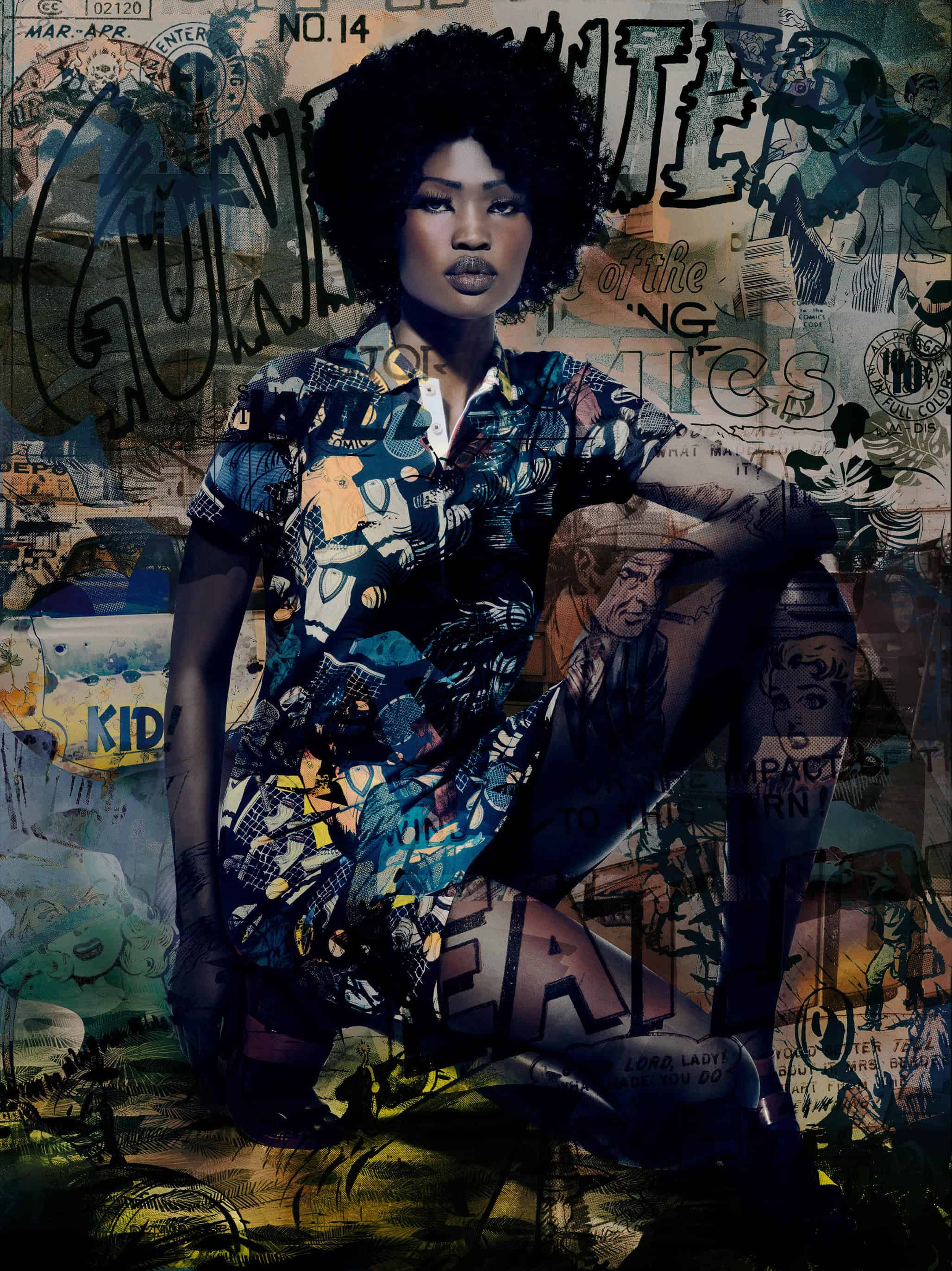
Belin will also have a major solo exhibition at the Musée des Beaux Arts (MusBA) of Bordeaux in France from April 23rd to October 28th, 2024. https://www.musba-bordeaux.fr/fr/article/valerie-belin-les-visions-silencieuses
Share this post

